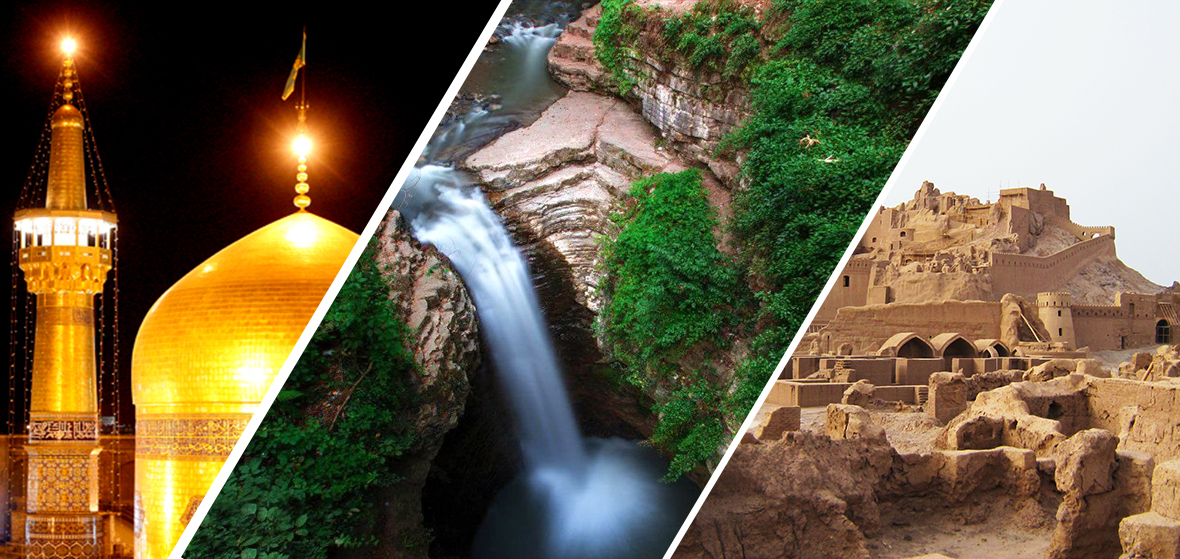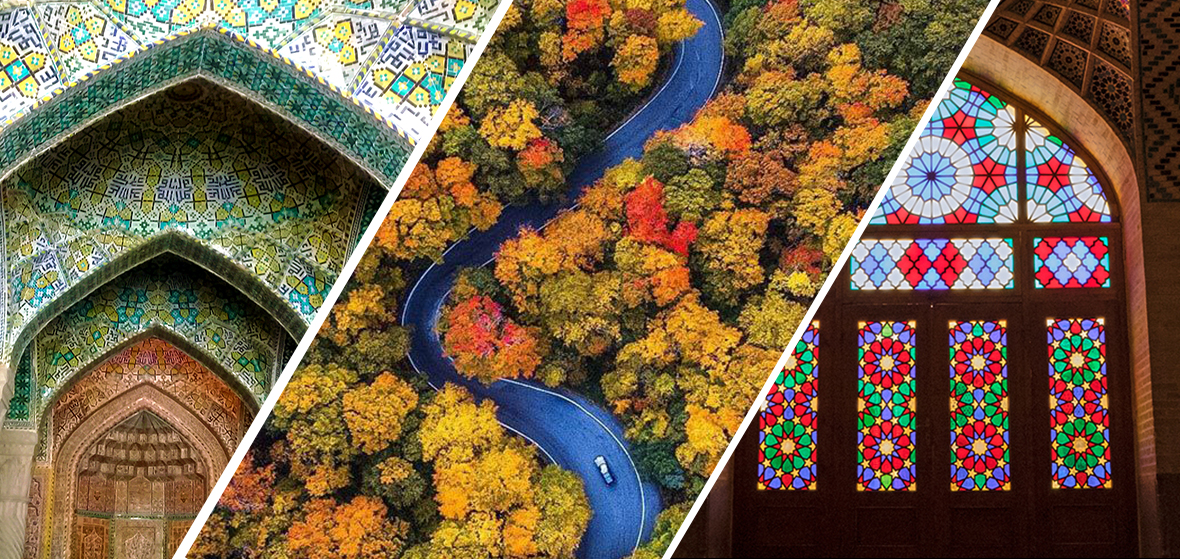Bam:
Bam is one of the historical cities of Kerman province in southeastern Iran. The city of Bam is located in the central part of Bam County. Bam is one of the historical cities of Iran and Kerman province. It is well-known for its historical background and agricultural products (especially dates). The old city of Bam was known as the eastern gate of Iran. Bam used to be known as Paris of Iran in the past. The English traveler Henry Pattinger mentions Bam as the center of Kerman’s industry in 1189 AH.
Bam is located along the roads connecting southeastern Iran with Sistan- Baluchistan, and Afghanistan. For this reason, the city has been of great military and commercial importance since the Sassanid era.
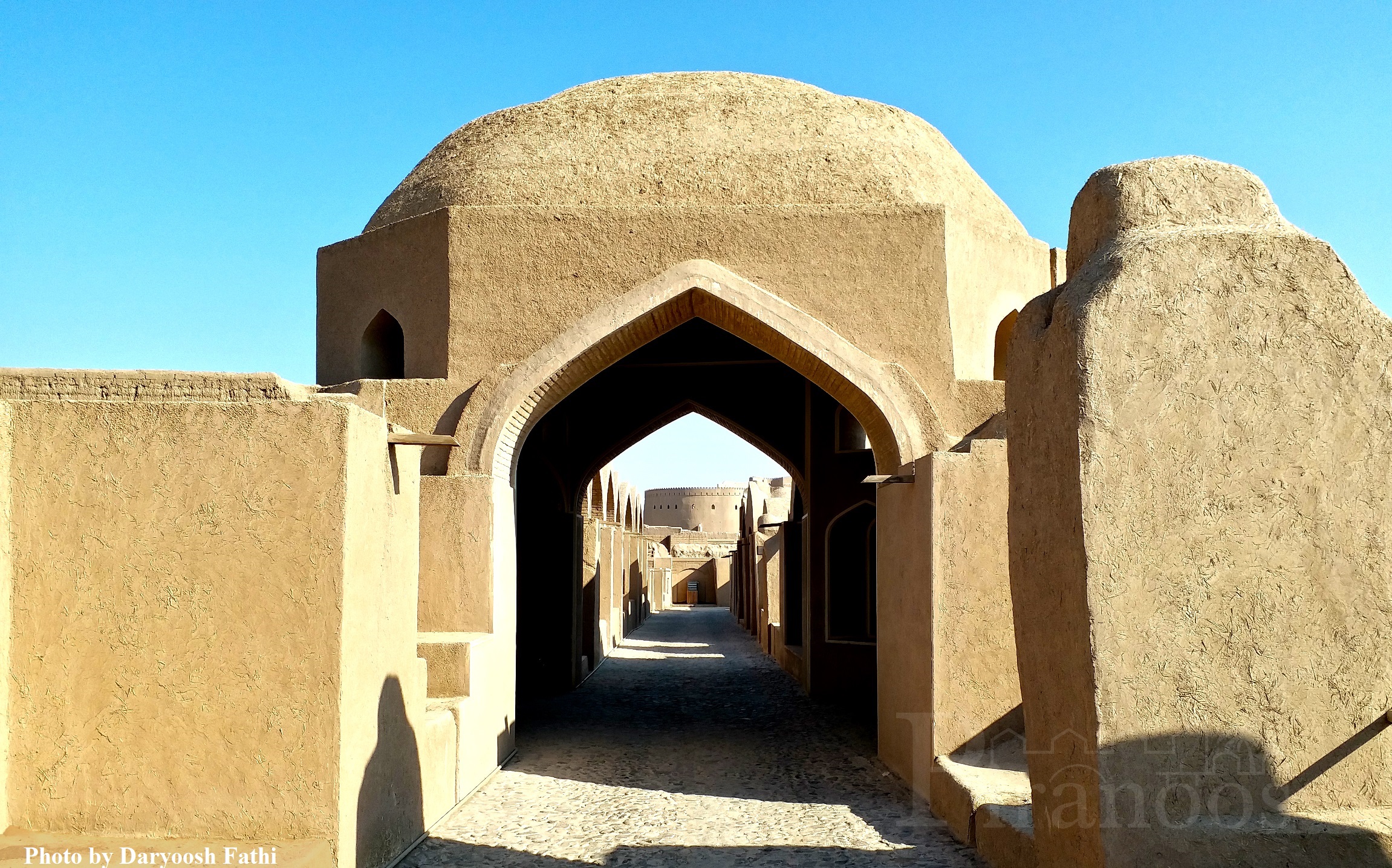
There are incredible stories about why Bam was named. Some believe that this place was named Bam (the shortened form of Bahman) in honor of Bahman, son of the great King of the Kiani dynasty, Esfandiar. Some also believe that Bam’s name is linked to the city’s natural and strategic location. In the great plain where the city of Bam is located, there was a rocky hill above which the present Arg-e Bam was built. So they chose the name Bam (meaning high) for the city and the citadel was called the Bam Citadel or Arg-e Bam.
Bam has been one of the oldest urban centers in Iran. This is evidenced by the historic Bidron hills (10 kilometers north of Bam) and the Tall Atashin in Darestan (30 kilometers east of Bam) dating from the second to fourth millennia BC.
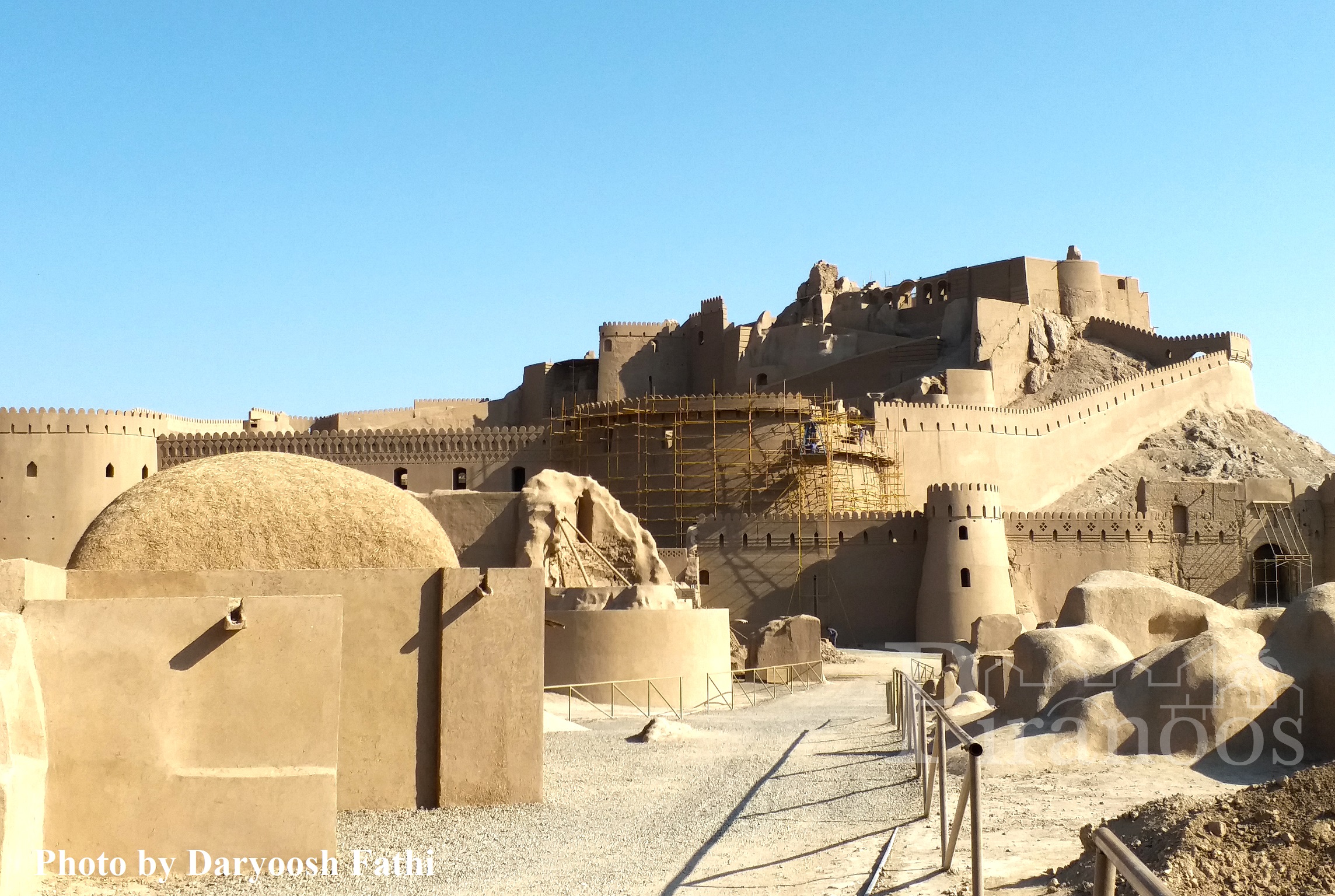
The language of the people of Kerman province and the city of Bam is Farsi with Kermani accent. This dialect is very similar to the Shirazi dialect. Bam souvenirs include herbal distillates, dates, Qoveto, and cumin. Traditional Bam dishes include Ash-e Sabzi. Ash-e Yonjeh and Ab-e Boneh. The handicrafts of Bam and Kerman province are carpet, Gelim, Jajim, copper utensils, and Ajideh.
There are also several natural attractions and tourist sites in Bam such as Aduri River, Deh Bakri countryside, Mount Barfu, Bisoukhteh Mountain, Khaje Askar Village, and Tang Taheran Waterfall.
Bam also has so many historical sites. Undoubtedly the most important historical attraction of Bam is the Bam Citadel or Arg-e Bam dating back to the Parthian or Achaemenid era. Other historical attractions include the traditional Bam Indoor Bazaar, Sayyed Mosque of Bam and Hazrat Rasul Mosque.
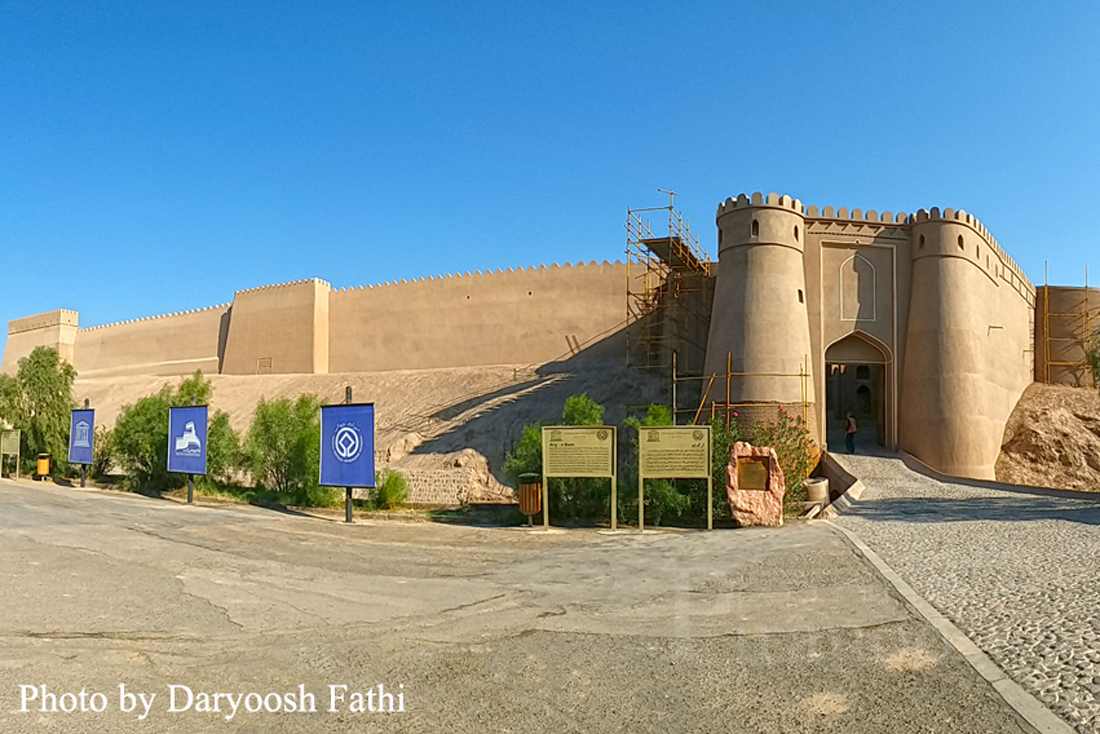
Arg-e Bam:
The historic Arg-e Bam is more than 2500 years old located near the ancient city of Bam. Arg-e Bam is the world’s largest adobe monument and one of Iran’s most important and spectacular historical landmarks. This Historical citadel is approximately 200,000 square meters and is also one of the largest collections of brick buildings that was inhabited by Bam residents for more than 20 centuries. It is listed in the National Iranian List of Monuments. The main materials used in its construction include adobe, bricks mallat, clay, and straw, and in very rare cases rocks, and even palm tree trunks.
Arg-e Bam and its city are among the most important and historic military castles. This citadel is a perfect example of Iranian architecture. It consists of many sections such as numerous gates, towers and battlements, curtain walls, mosques, bazaars, inns, schools, bathhouses, mills, barracks, stables, water well, the commander’s house and the governor’s residence, the four-season mansion and the watchtower. Until about two centuries ago, people used to live in the castle. Throughout history, the citadel of Bam has been repeatedly raided and rebuilt.
Almost 80 percent of the Arg-e Bam was destroyed in the 2003 earthquake. Many countries such as Japan, France, and Italy helped Iran to rebuild it because of the importance of this cultural heritage.
Arg-e Bam is surrounded by several other valuable historical monuments. The historic city of Darzin (which dates back to BC periods), the Chartaq mansion, the Kooshk, the Dokhtar Castle, and Pir e Alamdar are among the ancient mansions that encompass The Arg-e Bam. Also, the ancient Hazrat-e Rasool (PBUH) Mosque is another monument located in the east of the Arg-e Bam castle.
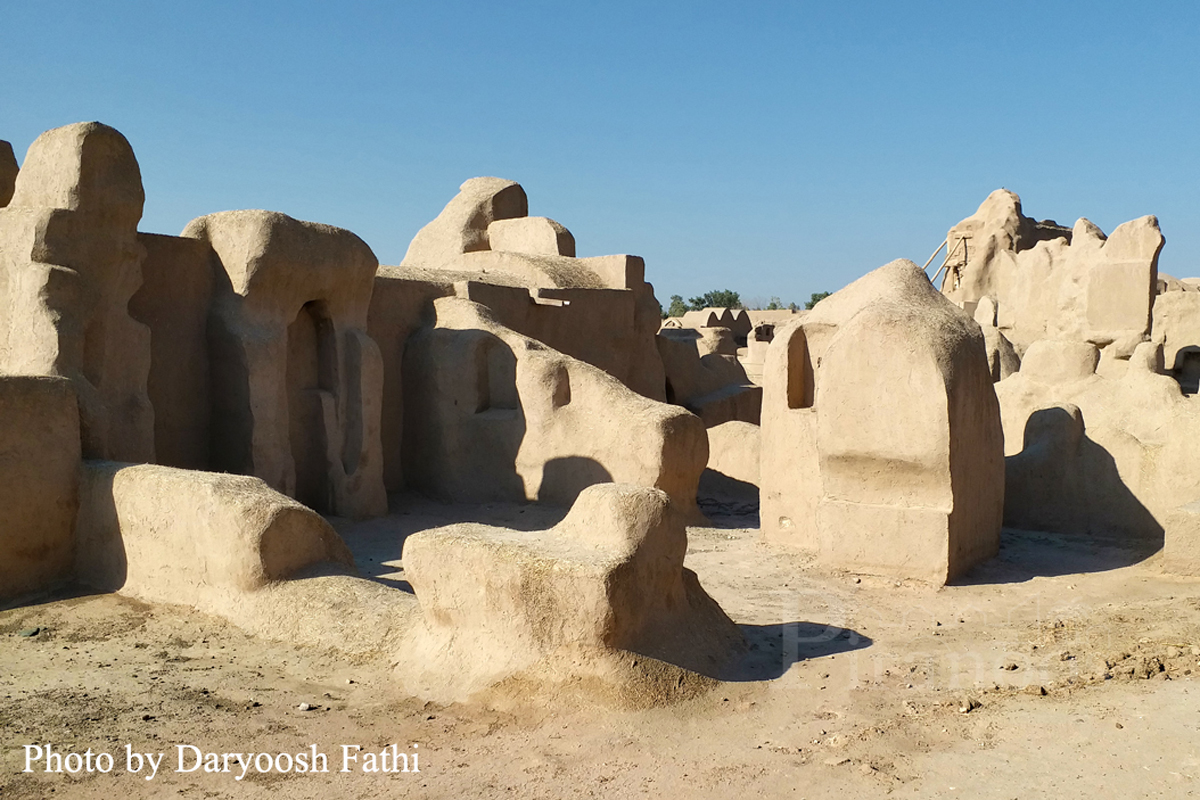
The Tal Atashin of Darestan:
The Tal Atashin of Darestan is an archaeological site located 30 kilometers east of the ancient Arg-e Bam. This area is one of the earliest Pre-Pottery Neolithic villages in south-eastern Iran where remnants of remarkable brick architecture, stone tools, and skeleton have been found. The area dates back to the 7th millennium BC.
During excavations in the Bam County, signs of the Neolithic Age were discovered that date back to the 7th millennium BC, so that it could complement the cultural area of Halil Rood (3rd millennium BC).
The Baghchahmak waterfall:
The village of Baghchamak is 5 kilometers from Bam city and one of its most beautiful natural attractions is a small waterfall of the same name. Next to the waterfall, there are deep aqueducts (Qanat) that give Baghchamak village more freshness.
The Dehbekri Village:
Dehbekri Village is one of the lush summer countrysides of Bam, which is cool during hot summer days and has become one of the most popular tourist villages of Kerman province with various natural attractions such as fruit orchards, waterfalls, springs, and rivers. The village is a habitat of Asian bears and is one of the protected areas.
The Hazrat Rasoul Mosque of Bam:
This historical mosque is located outside the Bam citadel and its eastern side and the main building is believed to belong to the first century AH. It was built by Abdullah bin Omar, ruler of Basra. The current building of the mosque, about 55 square meters, consists of a square Shabestan and a smaller room next to it.
The new Arg-e Bam:
The new Arg-e Bam Tourist Complex, located 10 kilometers from Bam city, is one of the most equipped industrial tourist areas of Iran and was named in the honor of the ancient Arg-e Bam. The new Arg-e Bam complex, with the most modern equipment, has a modern tourist village, all the amenities, and numerous tourist attractions. Various types of residential and service units in the Kavir area have been traditionally built and the presence of several Iranian gardens has added to its appeal.
Iran in 50 days, Covering All UNESCO World Heritage Sites and less visited places (Full Board Tour)

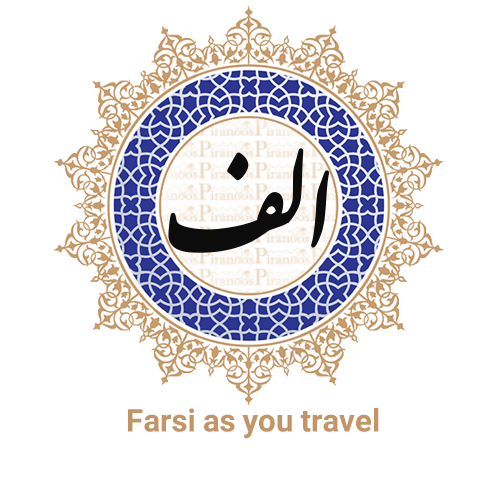
Iran UNESCO Sites in 40 Days


